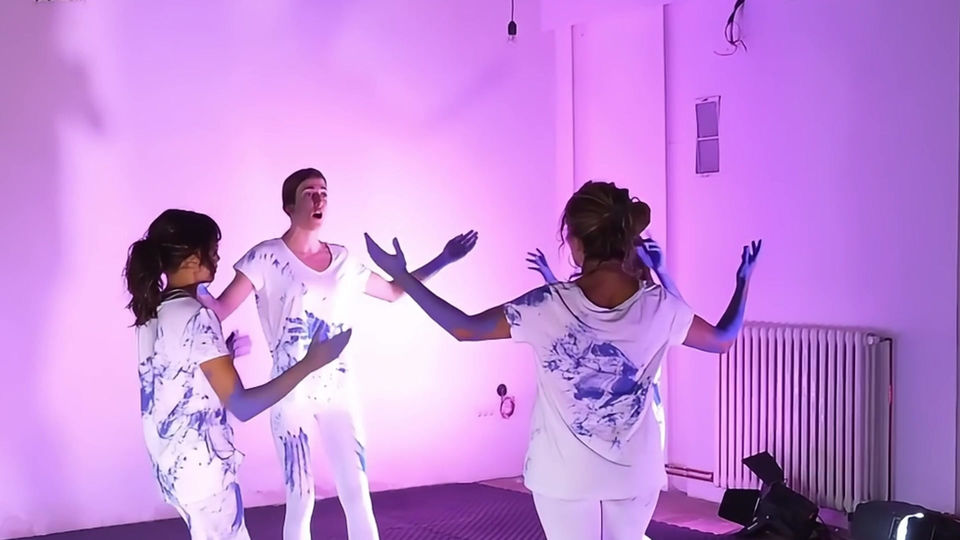

The project Women's Stories took a deep dive into the role of women in the shared cultural heritage of the Balkans, exploring their representation in folklore and myth while empowering the voices of young artists. Focused on youth from rural areas, it aimed to inspire creativity and foster connections through the arts. Held in Veliki Gaj on September 21, 2024, the event engaged both young artists and local audiences, with a special emphasis on involving the rural communities of Vojvodina in rethinking the place of women in regional storytelling.
At the heart of the project were two foundational Balkan myths: Zidanje Skadra (The Building of Skadar) and Meșterul Manole (The Master Builder Manole). These ancient narratives were used as starting points to explore themes of sacrifice, power, and the representation of women in folklore. Through workshops and discussions within the Veliki Gaj community, we sought to reinterpret these stories, redefining women's roles within the context of the shared cultural heritage of the Balkans.

Key areas of exploration included the impact of new technologies like AI language models (e.g., ChatGPT) in translation and storytelling, the integration of contemporary performance practices with somatic work and dance, and how these modern approaches can help reframe historical narratives.
The discussions with the Veliki Gaj community were wide-ranging, touching on topics such as the historical origins of The Building of Skadar, the social and political context of the poem’s creation, and the concept of women as sacrificial figures within patriarchal structures. We explored how these ancient myths could be reimagined—questioning the tragic endings of the original stories and considering how the themes of sacrifice, loyalty, and power are still reflected in today’s society.
In a more informal setting, during "Afternoon Coffee" sessions at Magnet House, the women of Veliki Gaj shared their personal stories. These intimate interviews revealed the lived experiences of local women, touching on key life stages: childhood, youth, marriage, and motherhood. The conversations delved into education, work, and the societal expectations placed on them, and asked how they would rewrite the stories of women today to better reflect their contemporary realities. This exchange of perspectives was vital in ensuring the project remained grounded in the lived experiences of women in the community.
The project also benefited from the expertise of Nađa Duhaček, a gender studies expert, and Stefan Aleksić, an anthropologist, whose research contributed valuable insights. Their studies, Antigone, Skadar, Theater, and Feminist Journey, delve deeper into the intersection of mythology, gender, and resistance in Balkan culture.
This initiative was co-financed by the Ministry of Tourism and Youth of the Republic of Serbia, the European Commission, and the Goethe-Institute through the Culture Moves Europe programme. It represents a collective effort to reinterpret and reframe the cultural narratives of the Balkans while empowering the women who have always been at the heart of these stories.










